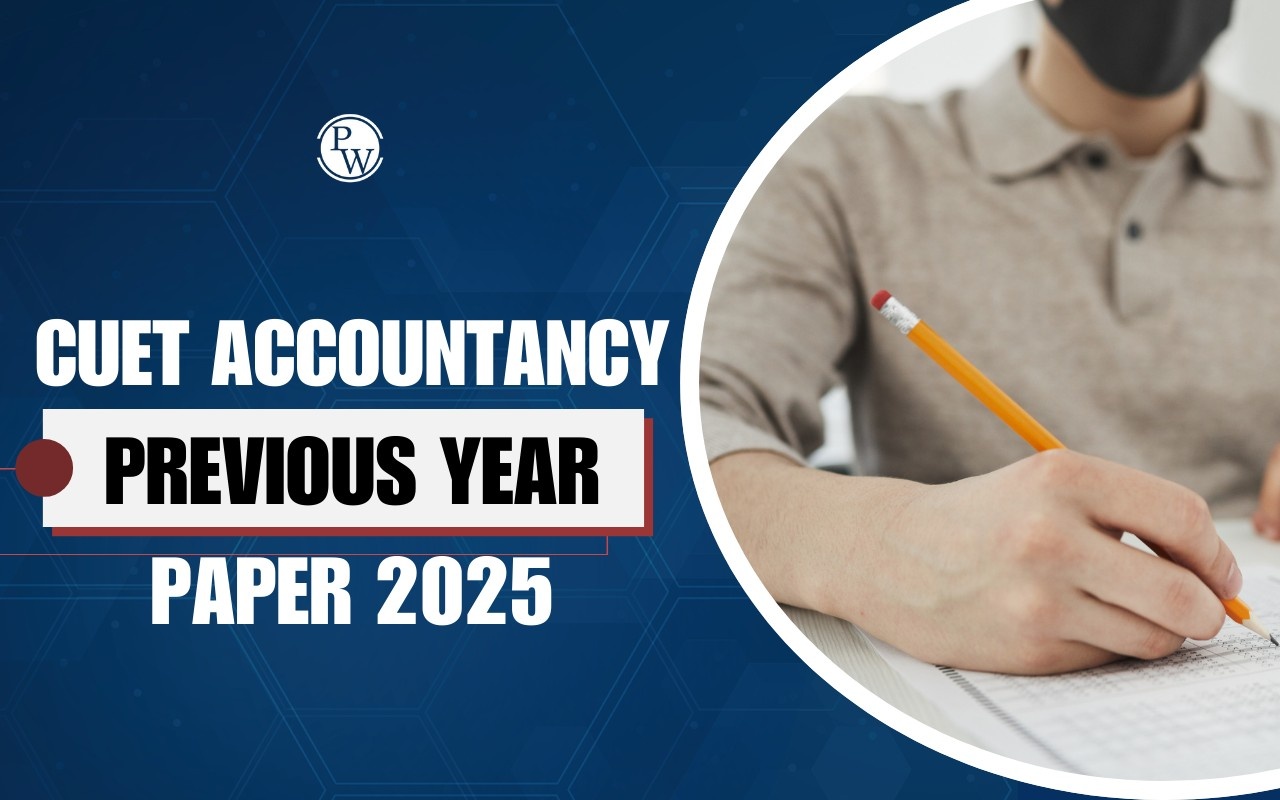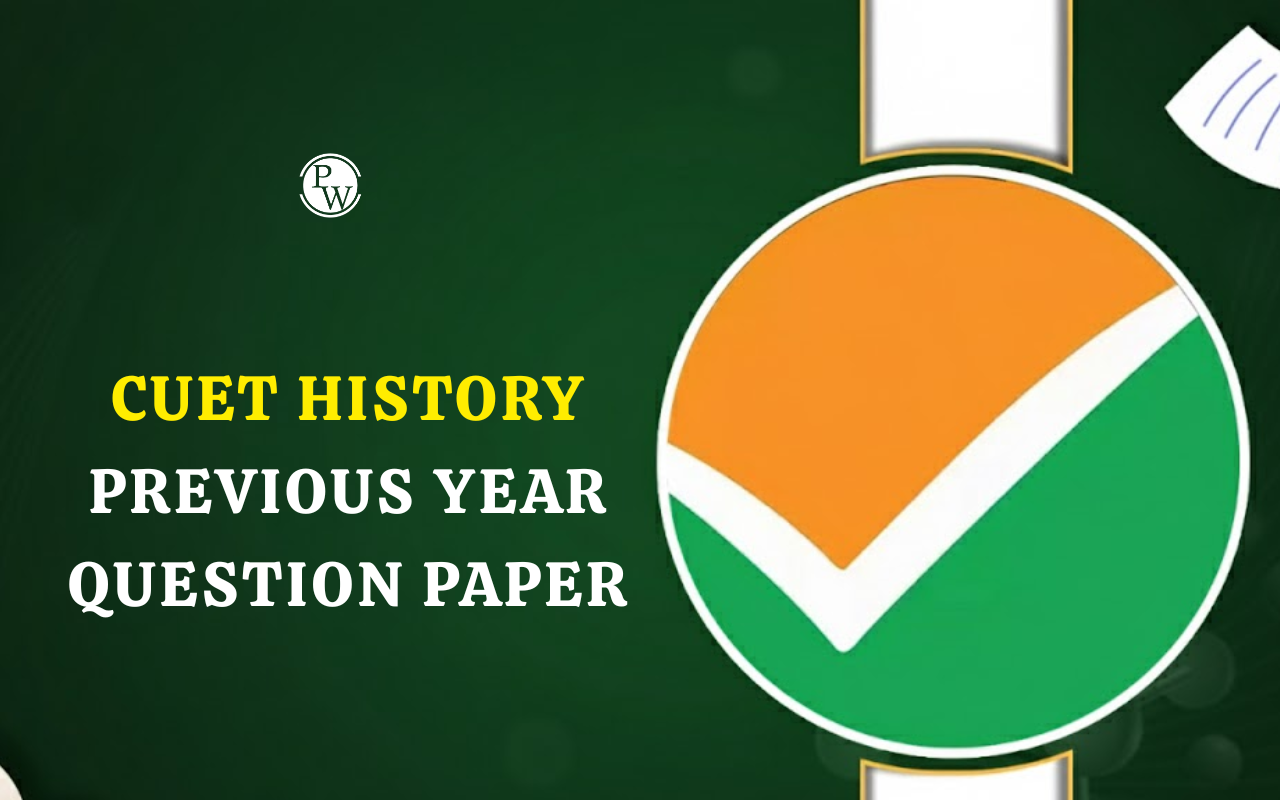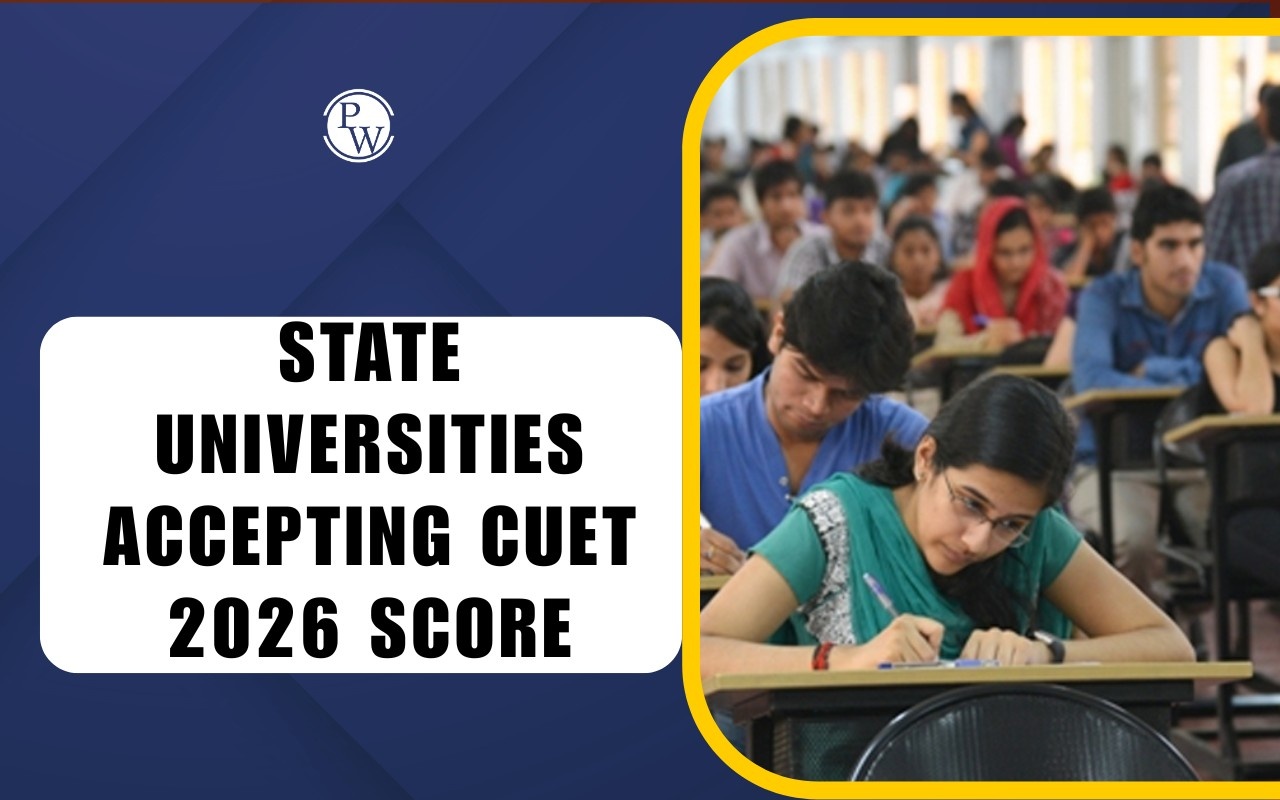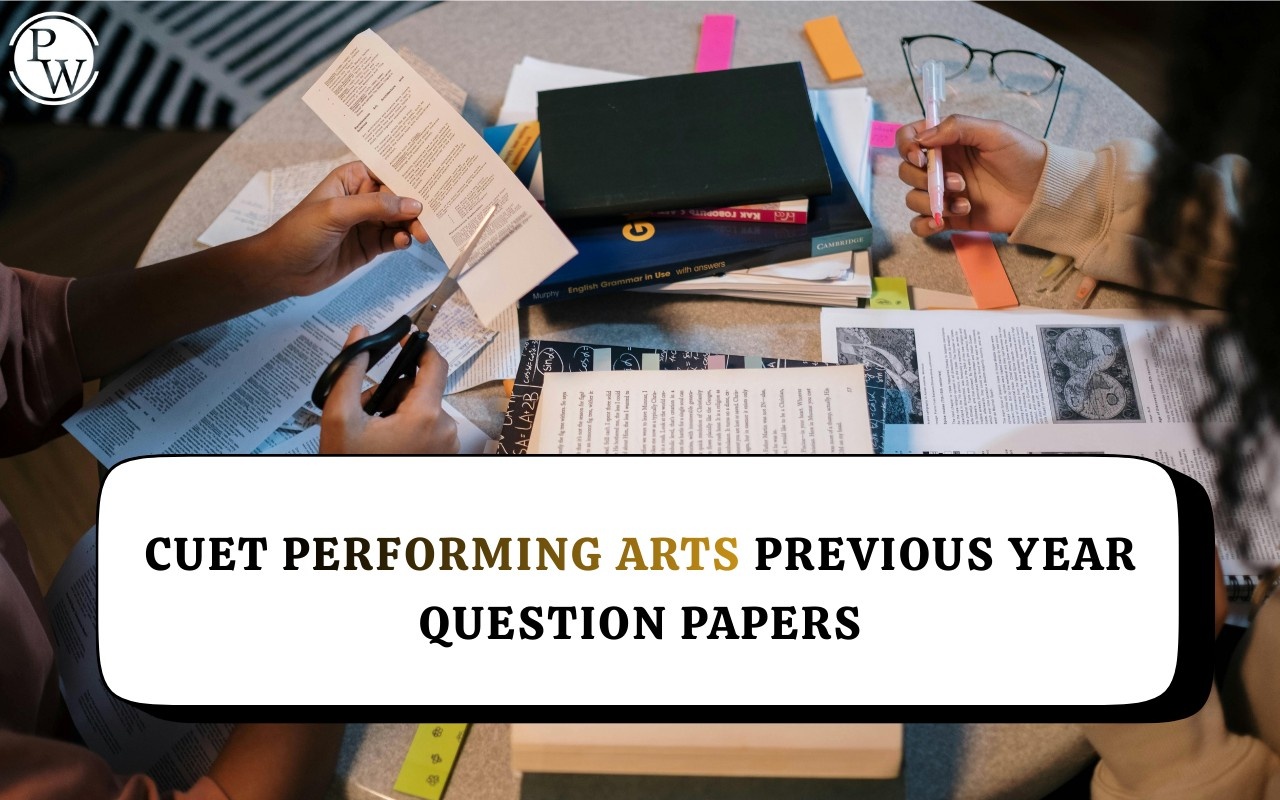
If you're planning to pursue a B.A. (Hons.) in History or opt for History as a domain subject at central universities such as Delhi University (DU), Jamia Millia Islamia (JMI), or Aligarh Muslim University (AMU), it’s crucial to thoroughly understand the CUET History Syllabus 2026. The syllabus will soon be officially released by the National Testing Agency (NTA), and students aiming for these prestigious institutions should begin their preparation early. The updated syllabus is expected to follow the revised structure introduced in recent years, focusing on 12 key units from ancient, medieval, and modern Indian history, primarily based on NCERT Class 12 History textbooks. Topics such as the Harappan Civilization, Mauryan Empire, Bhakti-Sufi traditions, the 1857 Revolt, and the framing of the Indian Constitution will be central to your preparation. Starting early will give you a strong foundation and increase your chances of scoring well in the CUET UG 2026 exam.
Also Check : CUET Syllabus
CUET History Syllabus Overview
CUET History syllabus has been revised by the National Testing Agency (NTA) and now consists of 12 units instead of 15. These units are aligned with the Class 12 NCERT History books and are divided across three main themes:
-
Themes in Indian History – Part I
-
Themes in Indian History – Part II
-
Themes in Indian History – Part III
CUET History Exam Pattern 2026
The Common University Entrance Test (CUET) for History (Domain Subject) will follow the structure prescribed by the National Testing Agency (NTA).
|
CUET History Exam Pattern 2026 |
|
|
Parameter |
Details |
|
Exam Mode |
Computer-Based Test (CBT) |
|
Question Type |
Objective (Multiple Choice Questions) |
|
Total Questions |
50 (All Compulsory) |
|
Total Marks |
250 |
|
Duration |
60 minutes |
|
Marking Scheme |
+5 for correct answer, -1 for wrong |
CUET History Important Topics (Unit-Wise)
Here is a unit-wise list of CUET History Topics to help you focus your preparation effectively. These topics are based on the revised CUET UG History syllabus, which now includes 12 units across three major themes:
Themes in Indian History – Part I
-
Harappan Archaeology
-
Early urban centres
-
Excavation methods and major findings
-
Political & Economic History (Mauryas to Guptas)
-
Inscriptions and land grants
-
Ashokan edicts
-
Social Histories (Mahabharata)
-
Caste, class, family, and gender in ancient India
-
History of Buddhism (Sanchi Stupa)
-
Vedic religion, Buddhism, sculpture and symbolism
Themes in Indian History – Part II
-
Agrarian Relations – Ain-i-Akbari
-
Mughal agrarian system
-
Land revenue policies and textual analysis
-
Bhakti-Sufi Movements
-
Religious teachings, saint-poets, spiritual literature
-
Architecture – Hampi
-
Vijayanagar Empire's temples and fortifications
-
Medieval Society through Travellers
-
Accounts of Ibn Battuta, Alberuni, Bernier
Themes in Indian History – Part III
-
Colonialism and Rural Society
-
British revenue systems, zamindars, artisans
-
1857 Revolt
-
Causes, events, British and Indian perspectives
-
Gandhi and the National Movement
-
Non-cooperation, Salt March, Quit India Movement
-
Making of the Indian Constitution
-
Constituent Assembly debates, key themes in Constitution
CUET History Chapter-Wise Weightage
While official weightage isn’t published, based on previous CUET history question papers, here is a probable chapter-wise weightage:
|
CUET History Chapter-Wise Weightage (Expected) |
|
|
Unit/Topic |
Expected No. of Questions |
|
Harappan Archaeology |
3–4 |
|
Political & Economic History |
4–5 |
|
Mahabharata (Social History) |
3–4 |
|
Buddhism & Sanchi Stupa |
3–4 |
|
Agrarian Relations – Ain-i-Akbari |
4 |
|
Bhakti-Sufi Traditions |
4 |
|
Hampi Architecture |
3 |
|
Medieval Travel Accounts |
3 |
|
Colonialism & Rural Society |
4 |
|
Revolt of 1857 |
4–5 |
|
Gandhi & National Movement |
5–6 |
|
Indian Constitution Formation |
3–4 |
CUET History Syllabus PDF Download
Students preparing for CUET 2026 and choosing History as a domain subject can download the CUET History syllabus PDF from the link provided below. As of now, the official CUET History Syllabus 2026 has not been released by the National Testing Agency (NTA). Therefore, the syllabus currently available is based on the 2025 version, aligned with NCERT Class 12 History textbooks. Once the updated 2026 syllabus is officially announced by NTA, the PDF will be revised accordingly so make sure to check this page regularly for the latest version.
CUET History Syllabus
CUET History Preparation Strategy
Start your CUET UG History preparation by carefully reading through the entire syllabus. Since the exam questions are based strictly on Class 12 NCERT History books – Themes in Indian History Parts I, II, and III – focus only on what is listed in the official curriculum. Divide the syllabus into manageable units and create a daily and weekly timetable.Allocate more time to high-weightage units such as the 1857 Revolt, Gandhian National Movement, and Constitutional Development. Use NCERT books, short notes, and topic-wise quizzes to strengthen your understanding. Solving CUET mock tests, sample papers, and cuet previous year questions will help you understand the pattern and boost your speed and accuracy. Aim to solve at least one mock paper per week. Use the final 2–3 weeks for quick revision. Refer to summary charts, key fact tables, and flashcards. Focus on frequently asked themes and subtopics from each unit.
Physics Wallah provides CUET UG Online Coaching with live classes, study materials, and practice tests. The courses are designed to make learning simple and effective, helping you prepare for your CUET UG exams with ease.
|
CUET UG Exam Important Links |
|
CUET History Syllabus 2026 FAQs
When will the CUET History Syllabus 2026 be released?
How many units are there in the CUET UG History syllabus 2026?
Is the CUET History syllabus based on NCERT books?
How many questions are asked in the CUET History paper?










